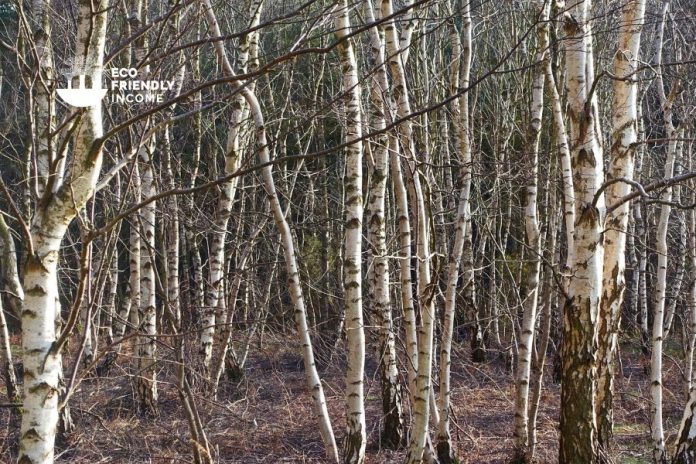A field guide on how to identify and propagate Silver Birch (Betula pendula), a hardy zone 2 tree that is native to Europe and parts of Asia.
How to Identify Silver Birch (Betula pendula)
Leaves
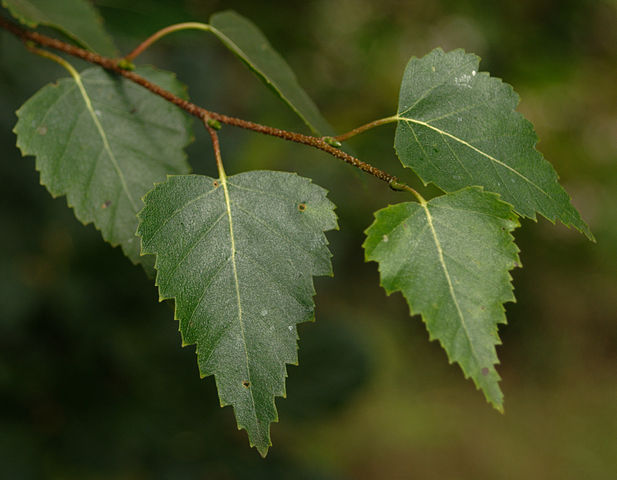
Silver birch leaves are ovate to triangular shaped, with doubly-serrated margins, and grow on the stems in alternate arrangements.
Bark
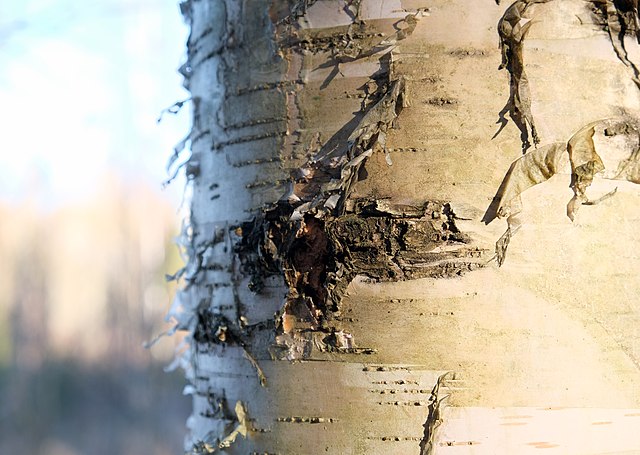
Silver birch bark is thin, smooth, and light-colored, often with a silver or white appearance. As the tree ages, the bark may become more grey or dark in color and may develop small fissures or cracks.
The bark tends to peel or shed in thin, papery strips, especially when the tree is young.
Catkins
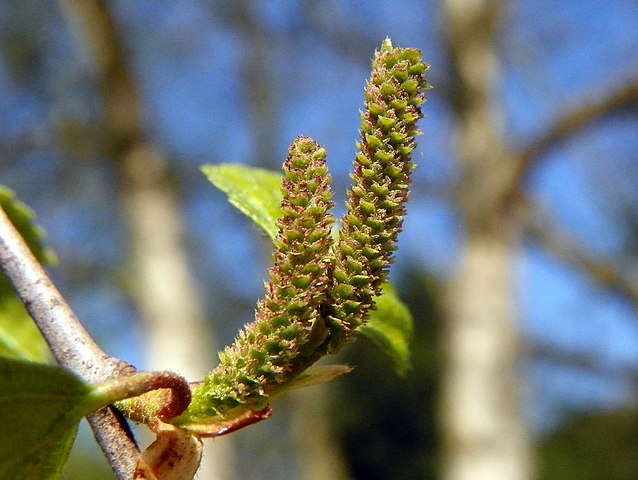
Catkins, or flower clusters, produced by silver birch are cylindrical in shape, approximately 2-3 cm long, and are composed of numerous tiny flowers.
They are typically yellowish-brown in color and have a sweet, resinous smell.
Flowering Season
You can spot catkins on silver birch from early spring to early summer.
The seeds mature later during early Autumn and fall from the tree throughout winter.
Habitat
Silver birch (Betula pendula) is a deciduous tree native to Europe and Asia.
You can typically find it in forests, along riverbanks and streams, and in other damp, wooded areas.
It’s also common as an ornamental tree in landscaping and can be found in parks, gardens, and along streets.
Wildlife Value
Silver birch trees provide numerous wildlife benefits, from providing food and shelter for species such as birds and small mammals, to creating a habitat for insects and fungi.
The nectar and sap of silver birch trees provide food for a variety of insects, including bees, moths, and butterflies, and the fallen leaves create habitats for fungi and other micro-organisms.
Silver birch supports the larvae of the Eastern Tiger Swallowtail (Papilo glaucus).
The trees also provide nesting sites and perches for birds, and the bark offers a safe hiding place for small animals and birds.
How to Propagate Silver Birch (Betula pendula)

Hardiness Zone: 2-7

Soil Type: Clay, loam, sand.

Water: Normal

Exposure: Full Sun to Partial Shade
You can propagate red pine with two effective methods:
- Stem Cuttings: It provides established trees faster, but is tricky, and will probably have a lower success rate.
- By Seed: The success rate is high but takes longer to get established saplings.
I’ve never had success propagating birch with cuttings, so I’ll focus on the technique that’s worked great for me: seeds.
How to Propagate Silver Birch (Betula pendula) by Seed
To propagate silver birch by seed, you can either harvest your own seeds or purchase them online.
If you choose to purchase the seeds, you can do so online from a company such as Forestart.
How to Harvest Seeds
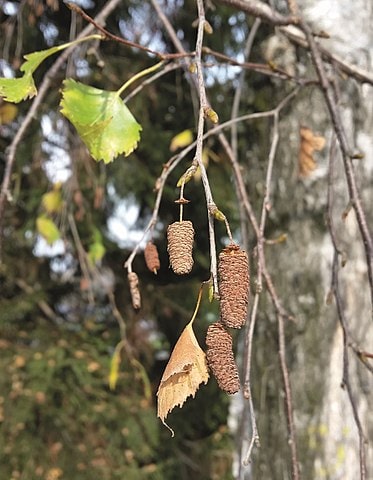
To harvest the seeds, you can collect them from the strobiles from mid-autumn through winter.
Once collected, you can dry the seeds and then extract them from the strobiles.
Birch Seed Germination
If you want to reproduce the natural process for your seeds, you’ll need to put them through cold stratification.
Keep in mind that it’s not necessary for birch (see below), but if you prefer to stratify, here’s how:
- Put the seeds in a plastic bag and place them into your freezer for 90 days.
- Then let them thaw, and place them in room temp water for a few days.
- Take them out of the water and put them into your refrigerator for 60 days (do not refreeze).
Can You Germinate Birch Seeds without Stratification?
You can actually! It’s possible to break birch seed dormancy with these two elements:
- Light
- Water
All you need to do to germinate birch seeds without stratification is to immerse them in water, then place them in a well-lit area.
- First, surface-sow the seeds in a 3″ deep planter, and place it somewhere with plenty of light.
- Then, moisten, and keep an even moisture throughout the growth cycle (don’t allow it to completely dry).
- Finally, watch them sprout and when they’re ready to transplant, 6-12 inch deep pots filled with 50/50 peat moss/sand is perfect.
Results can vary depending on the batch, fresh seeds have a higher success rate than seeds stored for too long.
You should see seed germination within a week, and peak germination at the two-week line.
FAQ
Q: What is special about Silver Birch?
A: Silver birch is a majestic tree with beautiful white bark, it makes really nice groves of trees that give a mystical vibe to any area.
Q: What is the difference between white and Silver Birch?
A: The shoots of silver birch are hairless and warty, whereas those of white birch are covered in tiny, soft hairs.
Q: How invasive are the roots of Silver Birch?
A: Although they are not overly intrusive, this species of tree, when fully grown, will only reach a medium size and its root system will expand to access water if it is available, just like any other tree. The larger the tree, the more extensive the root system.
Q: What is the life expectancy of a Silver Birch tree?
A: The typical lifespan of a pioneer species, such as silver birch, is between 60 and 90 years, although some individuals have been known to live as long as 150 years.

